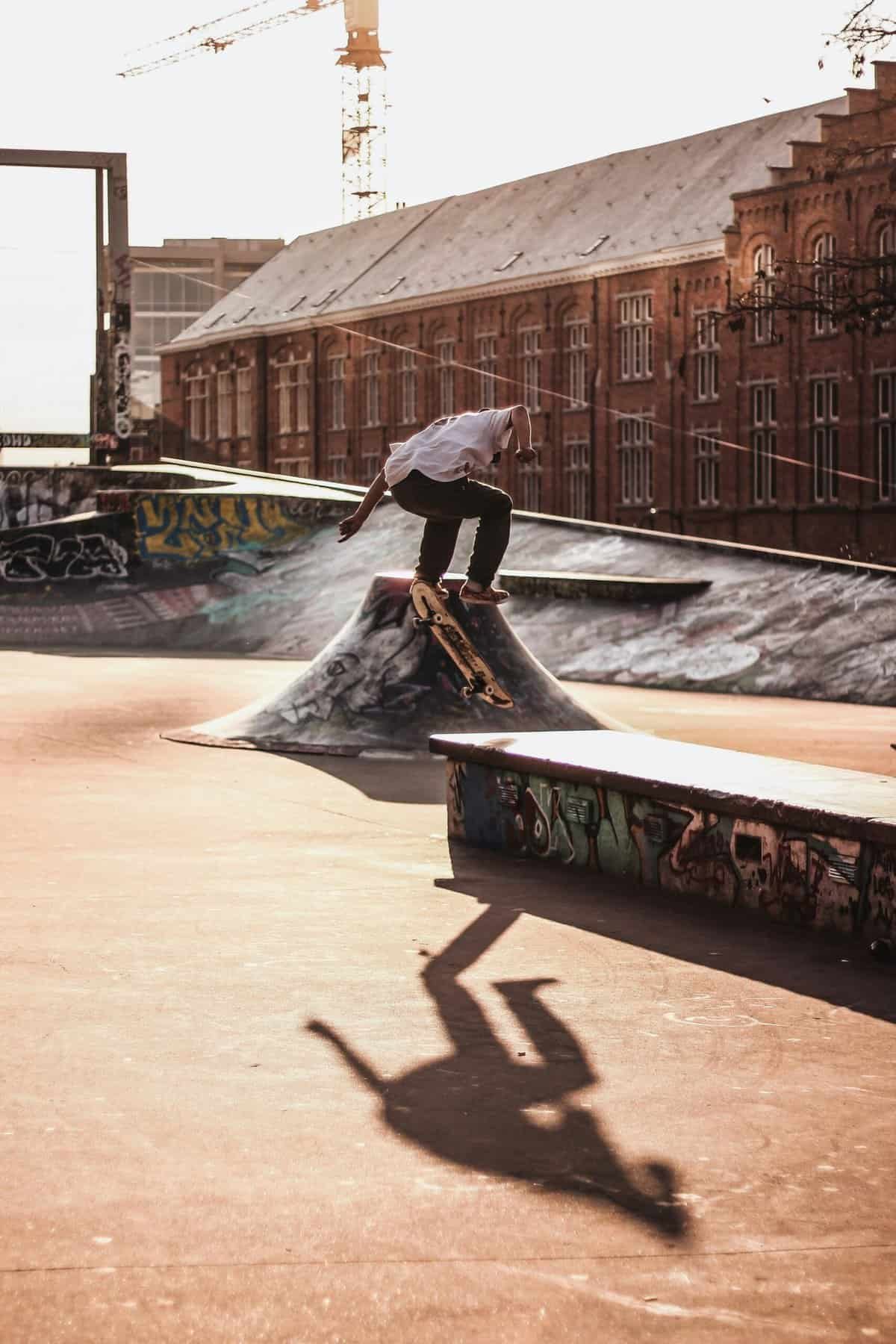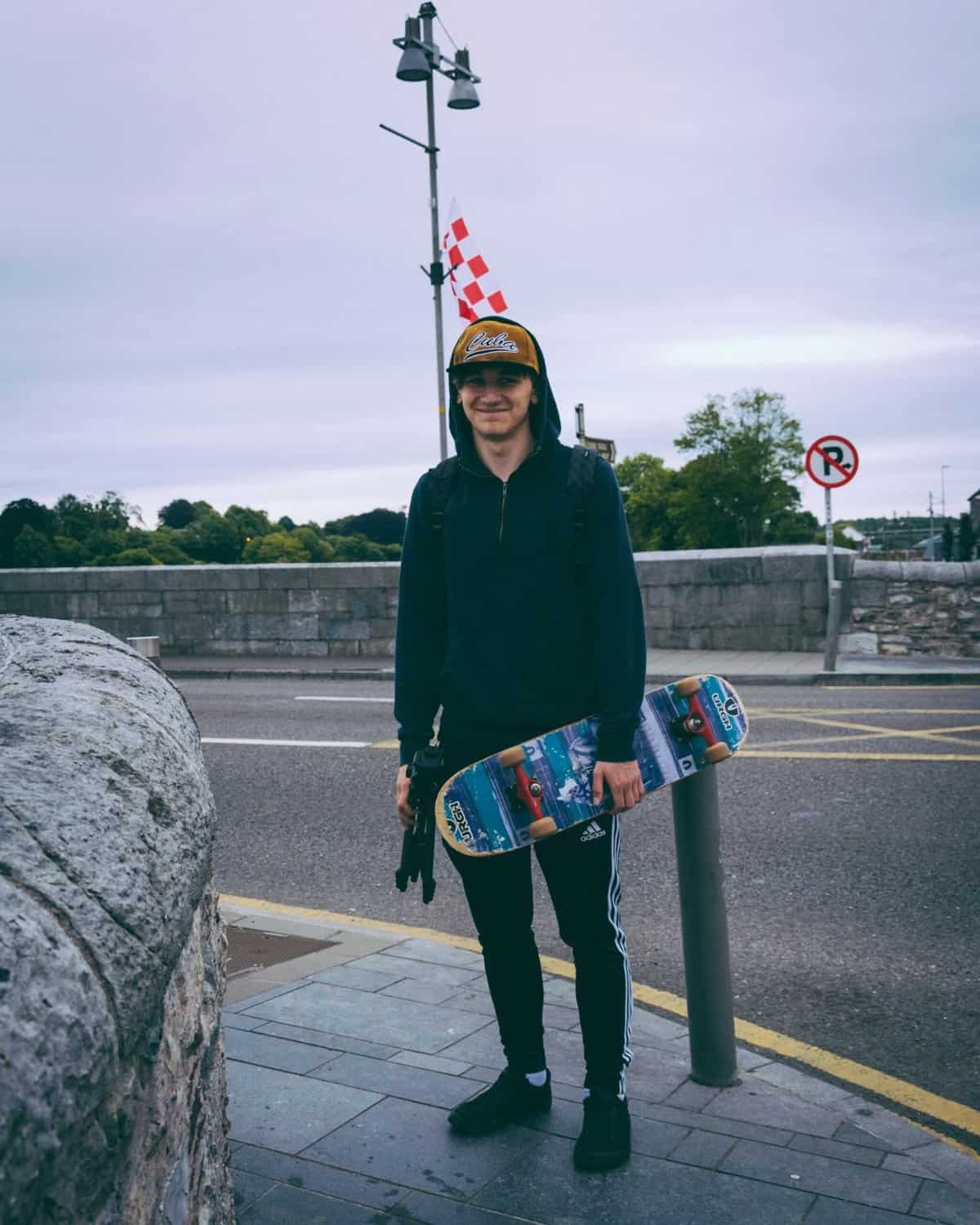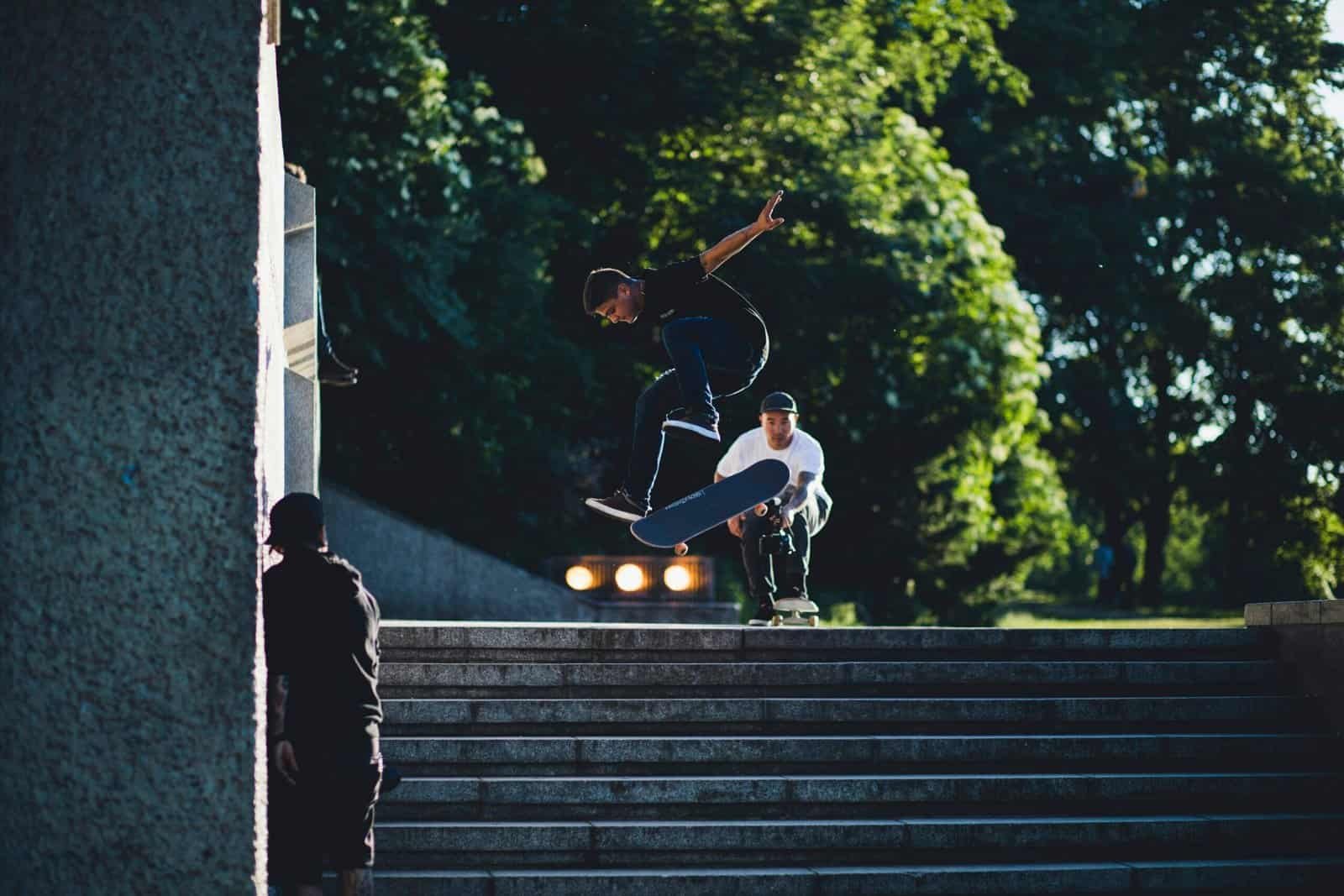Have you ever watched a skateboarder in awe as they effortlessly spin and flip their board mid-air? The 360 flip, or tre flip, is one of those iconic tricks that can make your skateboard journey incredibly exciting. Achieving it might seem daunting, but with practice, patience, and the right techniques, you can master this trick too! Let’s walk through the steps, common mistakes, and tips to help you land your 360 flip.

Understanding the 360 Flip
Before you start, it’s crucial to understand what a 360 flip is all about. The 360 flip combines a kickflip with a 360-degree rotation of the board, performed under your feet while you’re airborne. This trick showcases a smooth blend of spin and flip, highlighting your control and style on the board.
Components of a 360 Flip
A 360 flip consists of two main components:
- Kickflip: The board flips along its long axis.
- 360 Shuvit: The board spins 360 degrees.
Mastering these separately will be beneficial before you attempt to combine them.
Preparing to Execute a 360 Flip
Preparation is key to successfully performing a 360 flip. Here’s how you can set yourself up for success.
Building Confidence with Basics
Ensure you’re comfortable with riding, ollies, kickflips, and shuvits. A strong foundation in these basics will significantly improve your chance of mastering the 360 flip.
Essential Gear and Safety
Wearing proper gear is essential to protect yourself while trying new tricks. Consider wrist guards, knee pads, and a helmet. This will allow you to push your limits while staying safe.
Ideal Skateboard Setup
While you can perform tricks on most boards, a medium concave deck with sturdy trucks ideally set at a tightness that suits your comfort can enhance your control, making complex tricks like the 360 flip more manageable.
Step-by-Step Guide to Executing a 360 Flip
Let’s break down the process. Follow these steps one at a time and build up progressively.
Foot Positioning
Proper foot placement is crucial for this trick:
- Front Foot: Place your front foot slightly angled on the board, similar to a kickflip position but a bit more toward the heel side.
- Back Foot: Position your back foot with your toes hanging off the tail, ready to scoop the board.
Stance and Balance
Keeping balance as you prepare for the pop is essential. Lean slightly forward to maintain stability. Stay relaxed to respond fluidly to the board’s movements.
Starting the Motion
- Scoop: Use your back foot to perform a strong scooping motion diagonally, propelling the board into a spinning move.
- Flip: Simultaneously, flick your front foot to initiate the kickflip.
Air Control
As the board flips and spins beneath you, keep an eye on it. Your body should be hovering directly above it, and your feet must be ready to catch it.
Landing
This is where timing is key. As the board completes its movement, catch it with your back foot followed by the front foot. Bend your knees upon landing to absorb the impact and maintain balance.
Common Mistakes and How to Avoid Them
Understanding what can go wrong is an integral part of learning any trick. Here are some common mistakes and how you can steer clear of them.
Incorrect Foot Placement
- Mistake: Misplacing your feet at the start often leads to an off-center spin.
- Solution: Continuously practice foot positioning; even small adjustments can make a big difference.
Ineffective Scoop
- Mistake: Failing to scoop aggressively can result in inadequate board spin.
- Solution: Practice the scoop motion separately, building muscle memory for a stronger movement.
Over or Under Flipping
- Mistake: The board flips too much or too little.
- Solution: Focus on the flick strength and angle; adjust based on how the board behaves during practice.
Poor Timing
- Mistake: Catching the board too early or too late.
- Solution: Watch the board closely and time your catch just as the rotations complete.

Practice Tips for Mastering the 360 Flip
Practicing the right way can accelerate your progress significantly.
Incremental Practice
Break down the movements. First, focus solely on mastering the scoop. Once comfortable, add the flick and finally combine both actions seamlessly.
Analyze and Iterate
Record your attempts. Analyzing your videos can pinpoint what needs adjustment. Compared videos with successful trick executions by pros to recognize patterns.
Stay Patient and Positive
Learning a complex trick like a 360 flip can be frustrating. Celebrate small victories and remind yourself that persistence pays off.
Seek Feedback
Don’t hesitate to ask advice from experienced skaters. Sometimes, an external viewpoint can provide insights that change your approach entirely.
Moving Beyond the 360 Flip
Once you’ve successfully landed a 360 flip, you’ll have unlocked a new level of skateboarding prowess! But the learning doesn’t stop there.
Exploring Variations
Consider exploring variations like the backside 360 flip or adding more spins and flips to your tricks. Each variation will push your skills further.
Applying Learned Skills
The balance, timing, and control learned can benefit other complex tricks as well. Skills from a 360 flip are transferable in your skateboarding journey and will enhance overall performance.
Joining the Skateboarding Community
Engage in local skateboarding events or join online forums. Sharing experiences with others can introduce you to new tricks and techniques you might not have considered.

Conclusion
Executing a 360 flip is a rewarding experience, demanding dedication, practice, and a willingness to push yourself beyond what seems comfortable. Remember that every failure is a step towards success, each fall a part of the journey. With the right mindset and strategic practice, landing a 360 flip is within your reach. So, continue to push forward, and enjoy the satisfaction that comes with nailing one of skateboarding’s most exciting tricks!
